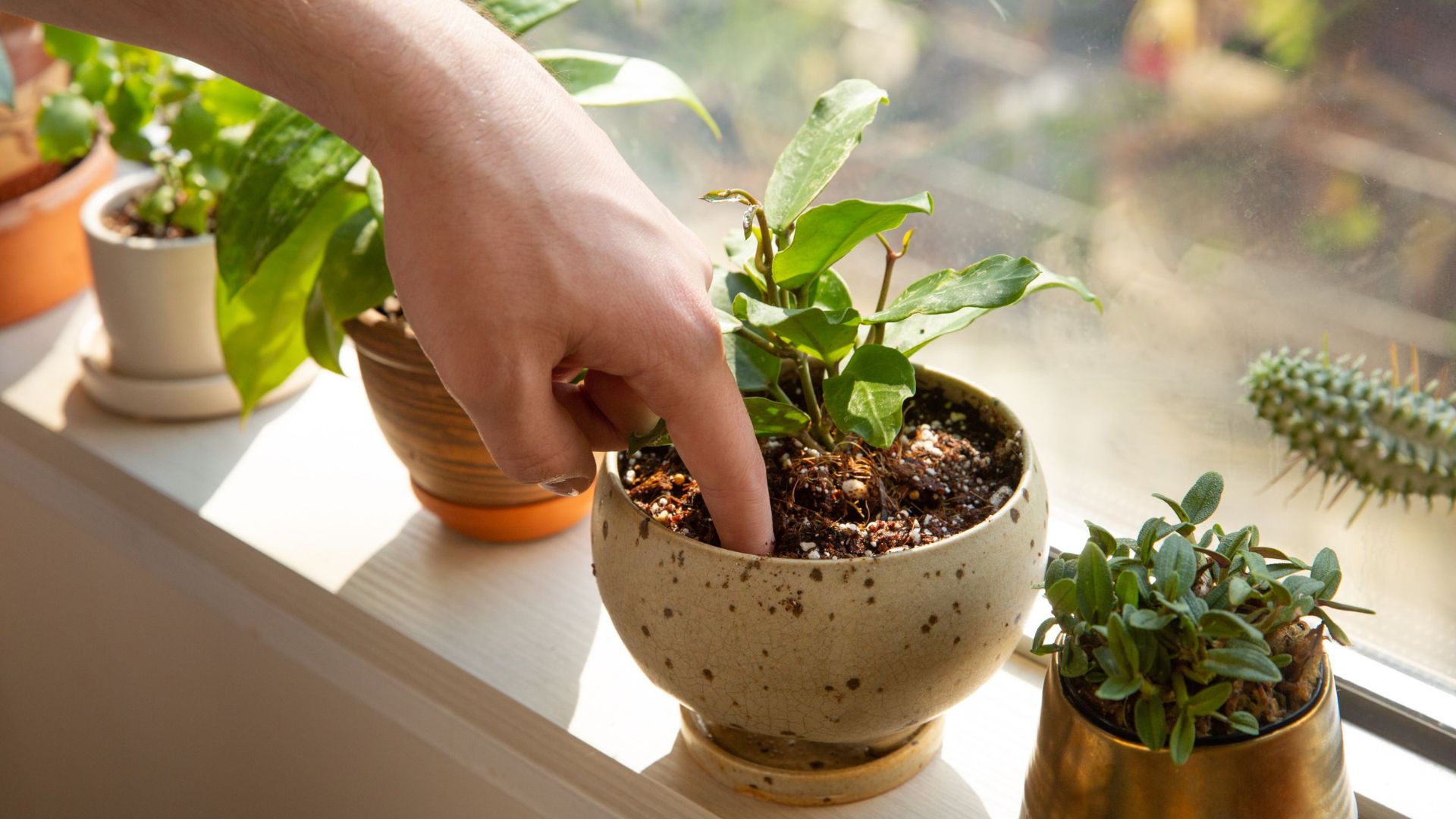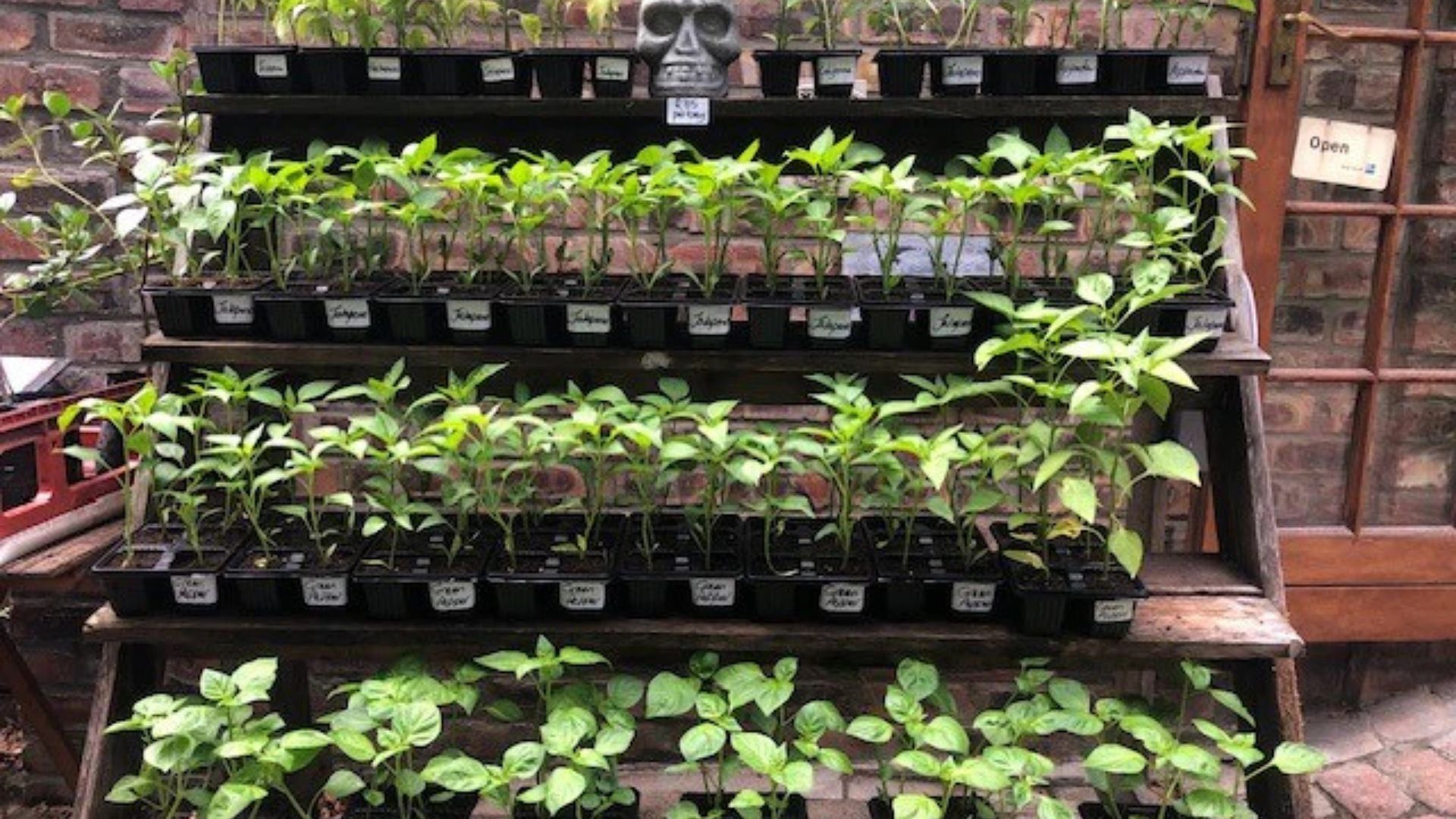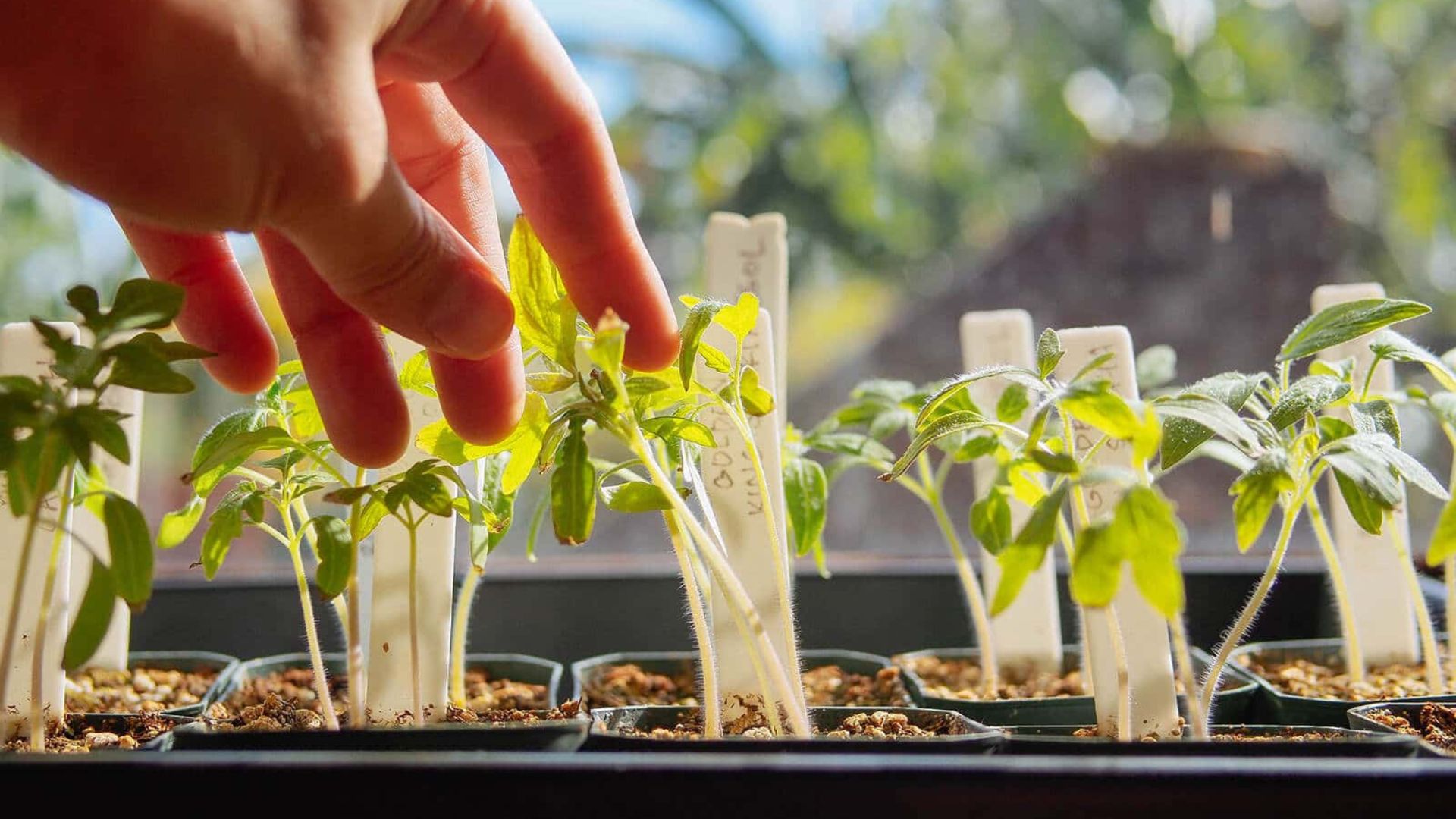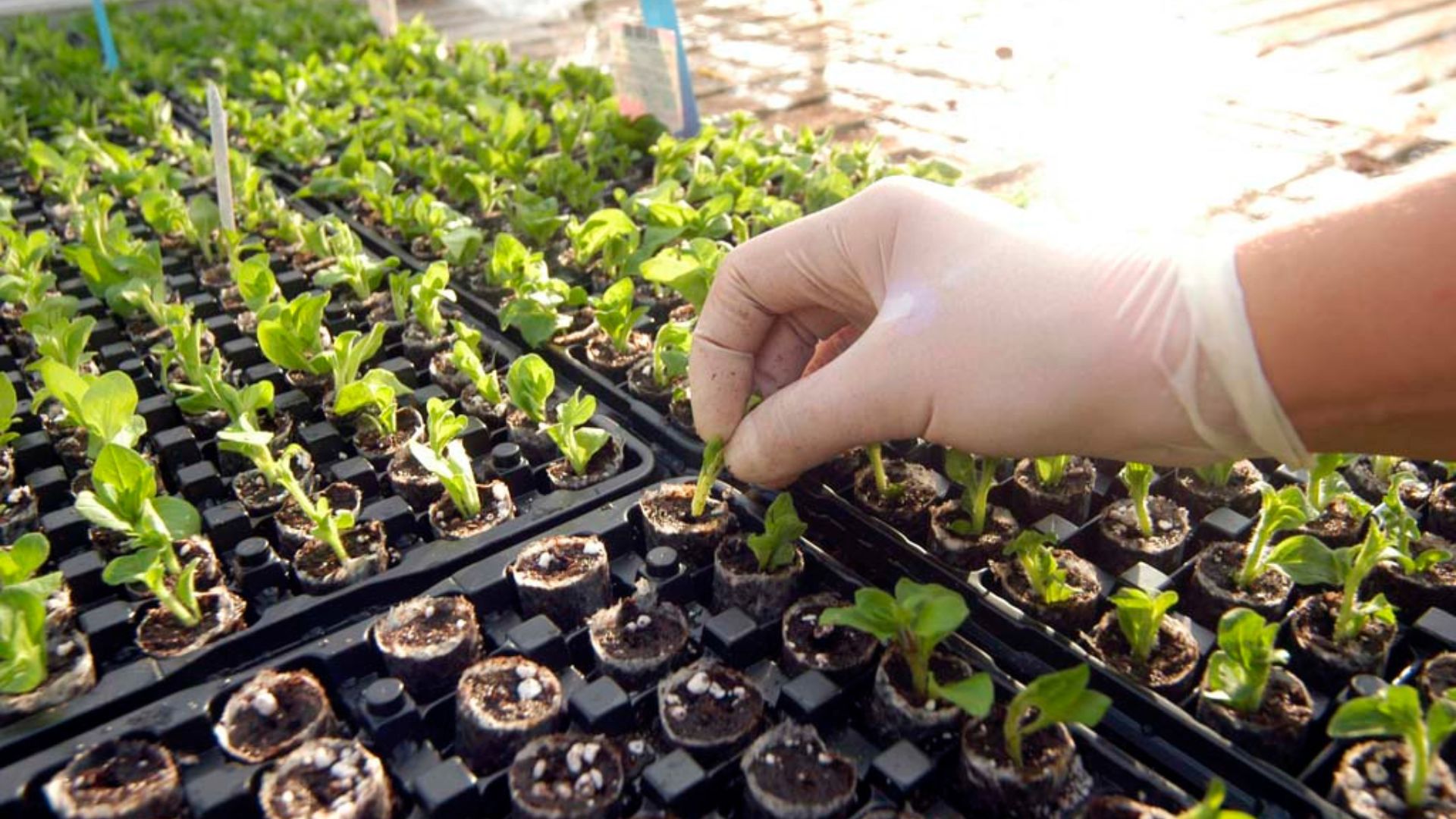Establishing consistent watering schedules for young plants is one of the most critical parts of early plant care. Young plants have shallow roots and delicate stems, making them highly sensitive to both overwatering and drought. With the right watering routine, you’ll promote strong roots, steady growth, and resistance to stress. Whether you’re tending to seedlings in trays or young transplants in pots or beds, proper hydration is key to success.

Understand the Needs of Young Plants
Young plants differ from mature ones in many ways, especially in how they absorb and retain water. Their roots are smaller and less developed, so they require more frequent, shallow watering. At this stage, water acts not only as hydration but also as a vehicle for essential nutrients. Ignoring their water needs or watering inconsistently can cause wilting, stunted growth, or root rot. The goal is to maintain even soil moisture without saturating it.
Choose the Right Time to Water
Timing makes a big difference in watering schedules for young plants. Mornings are ideal because the cooler air and lower sun allow plants to absorb water before heat causes evaporation. Watering in the evening is a second-best option, but it increases the risk of fungal issues if leaves remain wet overnight. Avoid watering during the hottest part of the day, as water will evaporate quickly, and plants may not get enough hydration.
Use the Right Tools and Techniques
The method of watering can be just as important as how often you do it. Use a watering can with a fine rose or a gentle spray nozzle to avoid damaging delicate stems and roots. For seedlings in trays, bottom watering is an effective method — place the trays in a shallow container of water and let the soil soak it up from below. This encourages root growth downward and prevents damping-off disease.
Monitor Soil Moisture Daily
One of the best habits you can develop is checking soil moisture regularly. Stick your finger into the soil about an inch deep — if it feels dry at that level, it’s time to water. Alternatively, use a moisture meter for more accurate readings. Different plant types and environments will affect how quickly the soil dries out, so daily checks help you adapt your watering schedules for young plants accordingly.
Create a Flexible Schedule, Not a Fixed One
Instead of watering on a rigid daily schedule, adjust based on conditions. Weather, humidity, container size, and plant type all influence how often your young plants need water. For example, plants in small pots dry out faster than those in garden beds. During hot or windy days, you may need to water twice a day. On cool, cloudy days, less frequent watering is enough. Observe your plants and let their condition guide your timing.
Avoid Common Watering Mistakes
Overwatering is one of the most common mistakes new growers make. It can lead to yellow leaves, mold growth, and even root rot. On the other hand, under-watering can cause dry, crispy foliage and weak stems. Use well-draining soil and ensure pots or beds don’t hold excess water. Keep drainage holes clear, and avoid letting trays sit in stagnant water for too long. Balanced, attentive watering habits are essential during early growth stages.
Conclusion
Setting up smart watering schedules for young plants will pay off in the long run. When you understand your plants’ needs, monitor moisture levels, and adjust based on conditions, you give them the best chance to thrive. It’s not about watering more or less — it’s about watering right. With careful attention and a flexible routine, you’ll help your young plants develop into strong, resilient growers ready for every season.










